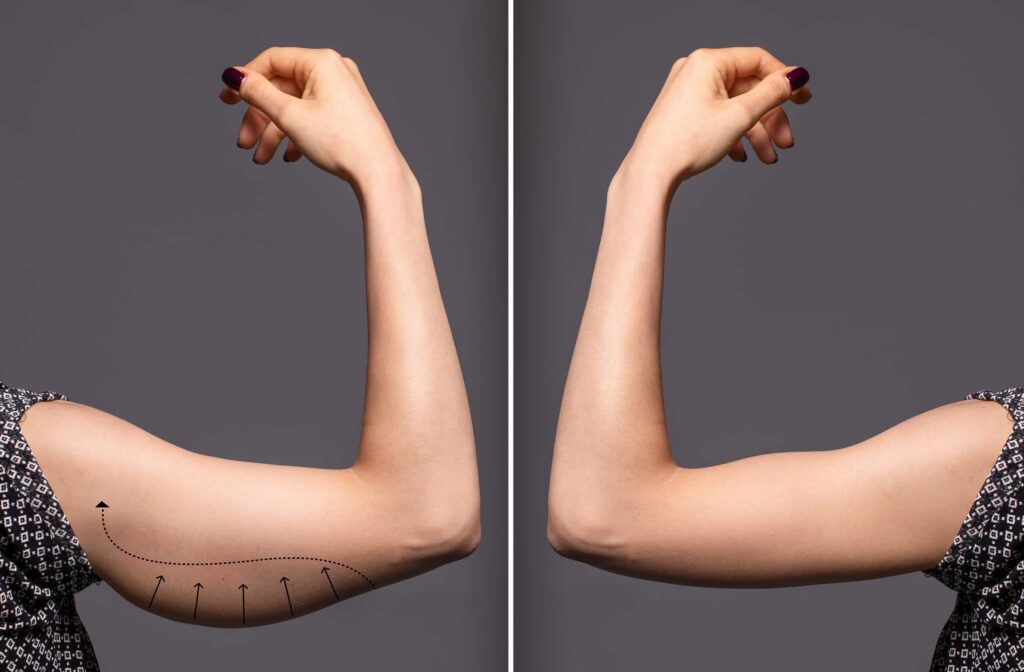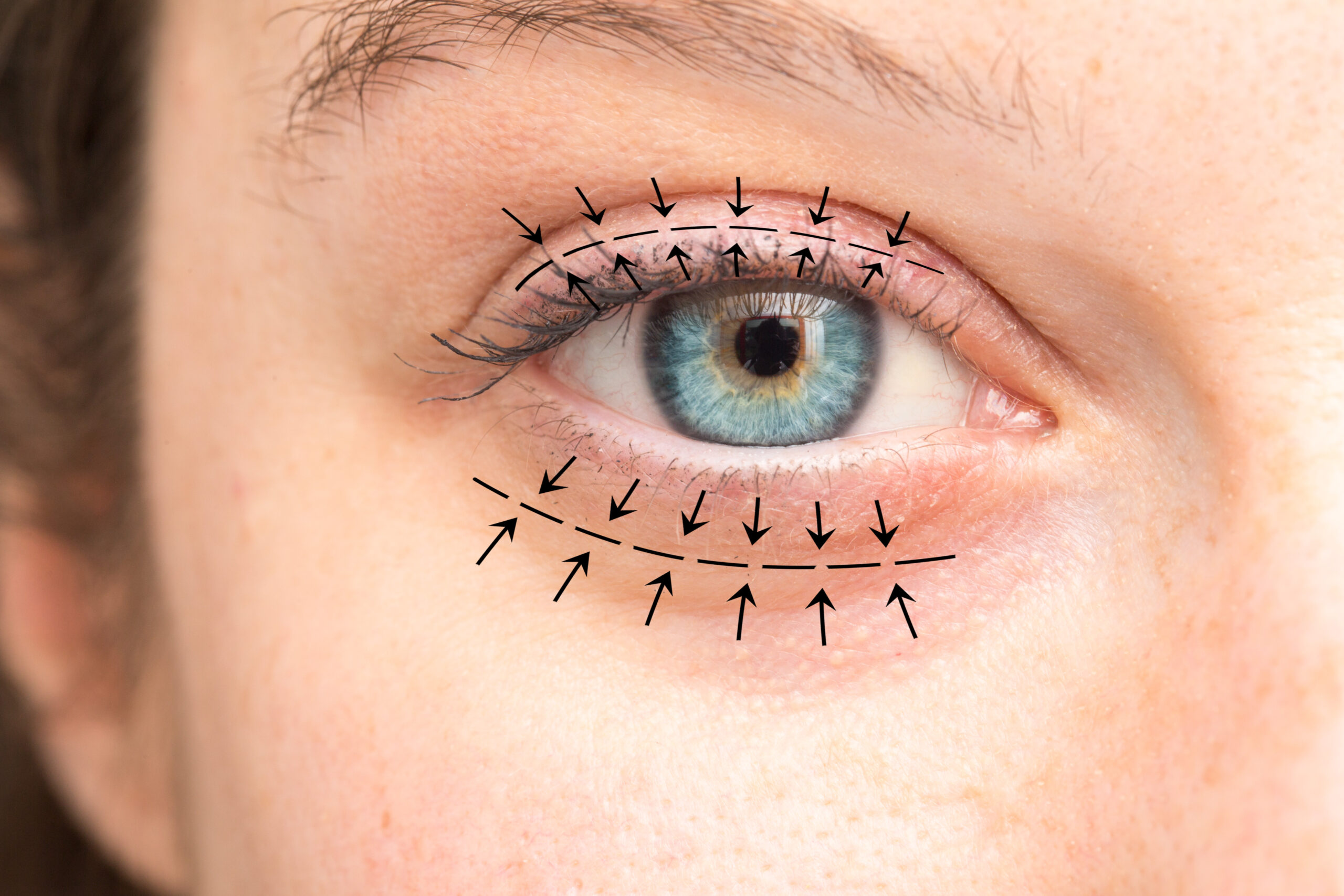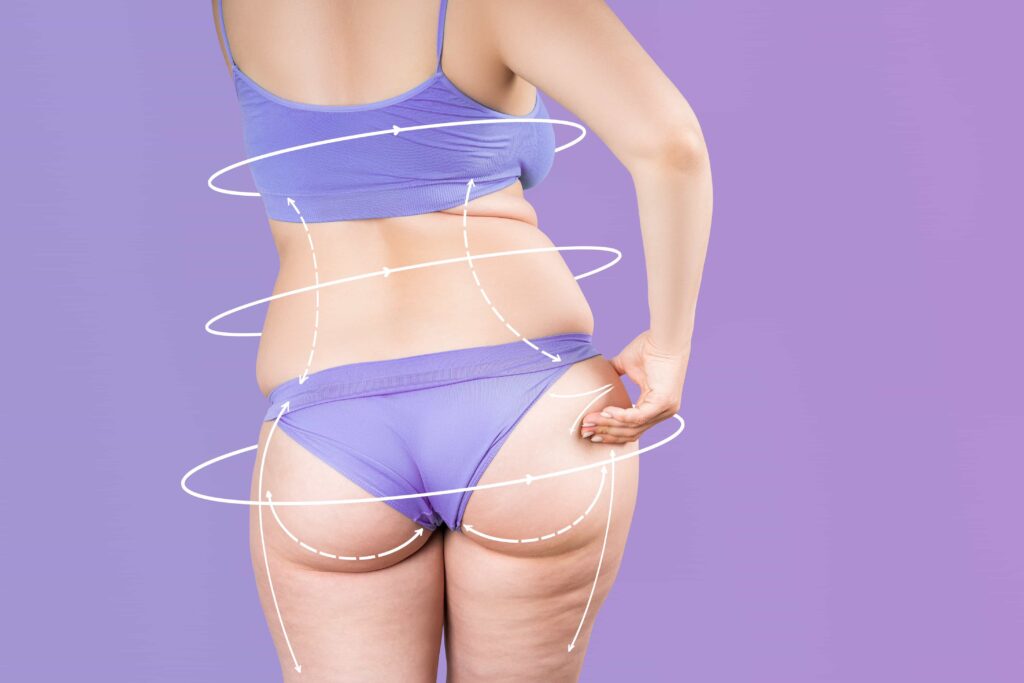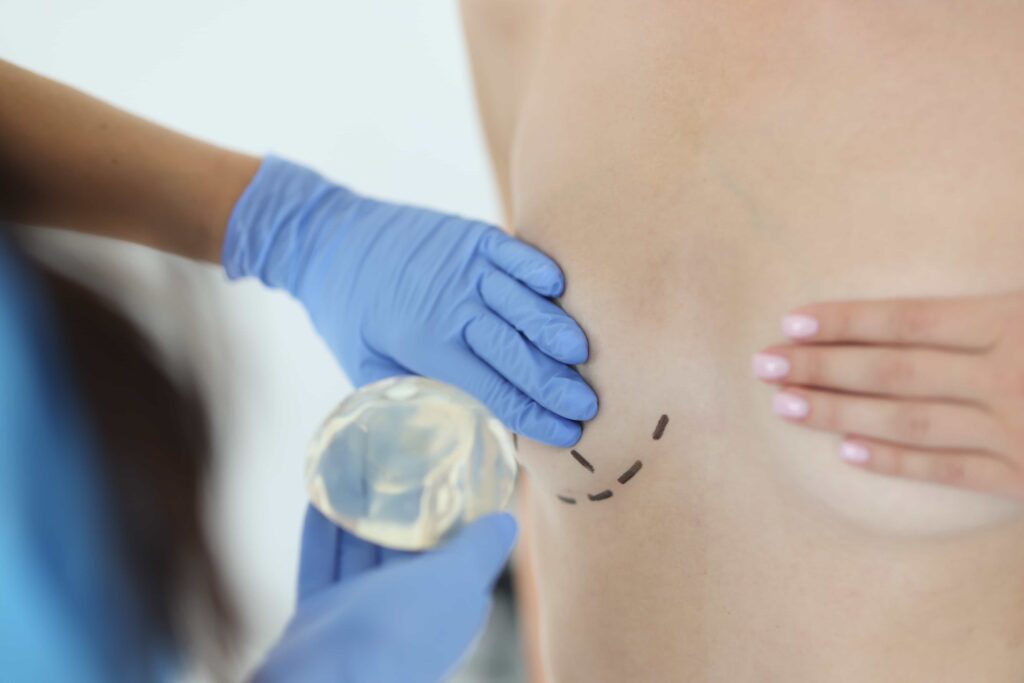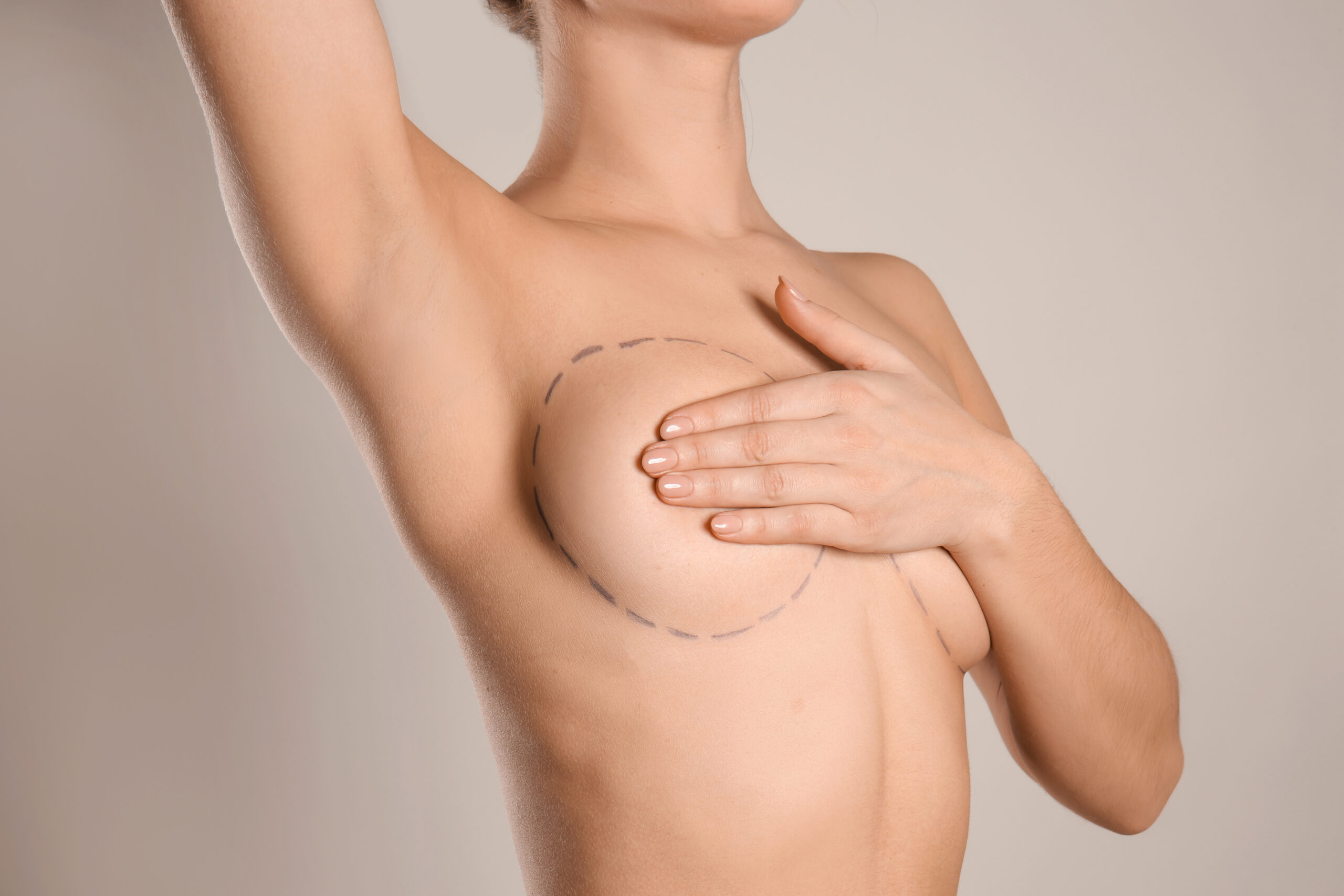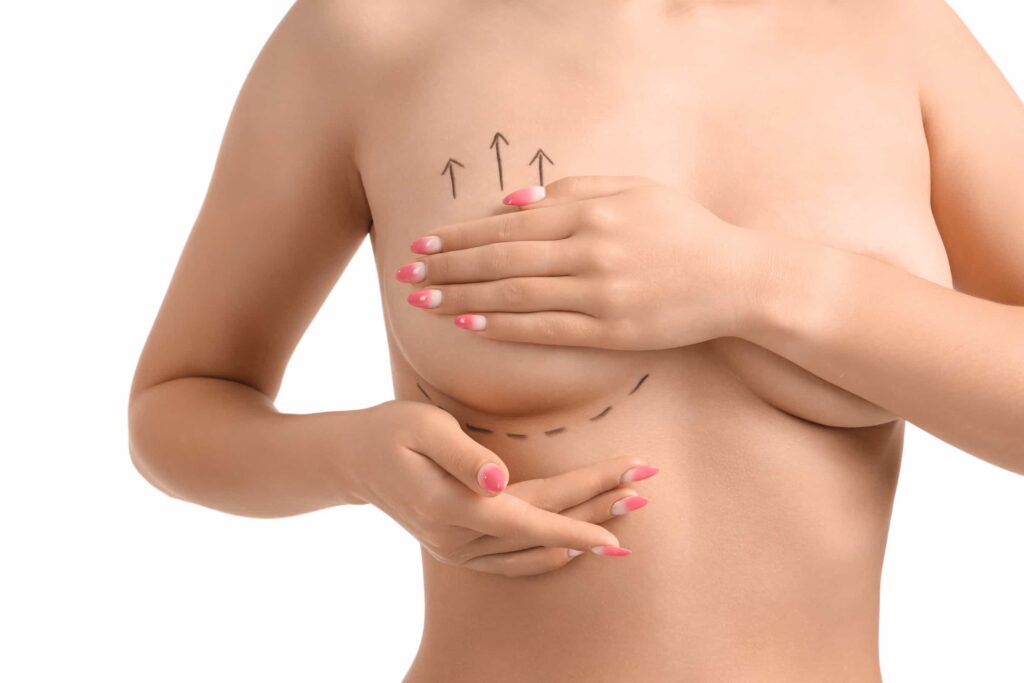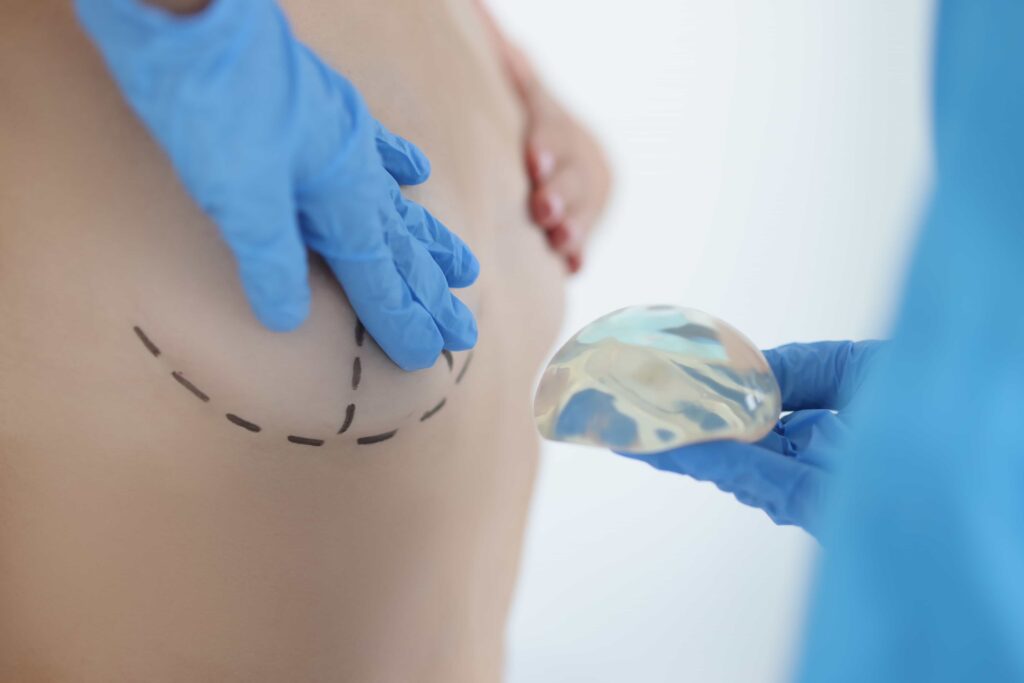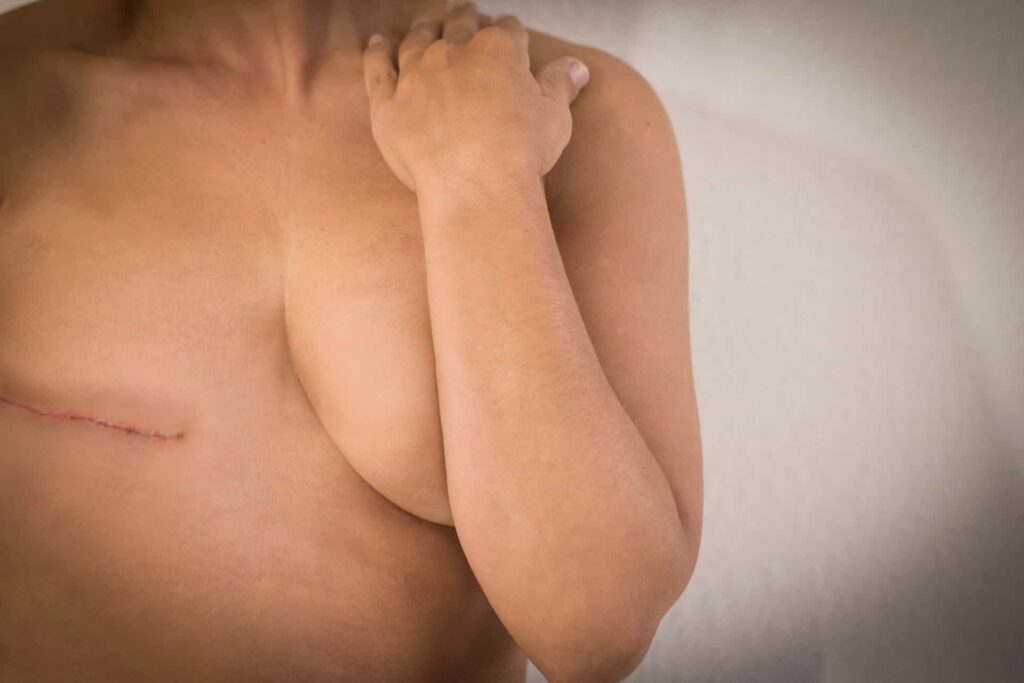Liposuction is a surgical procedure that removes excess fat deposits from specific areas such as the abdomen, thighs, hips, arms, or neck.
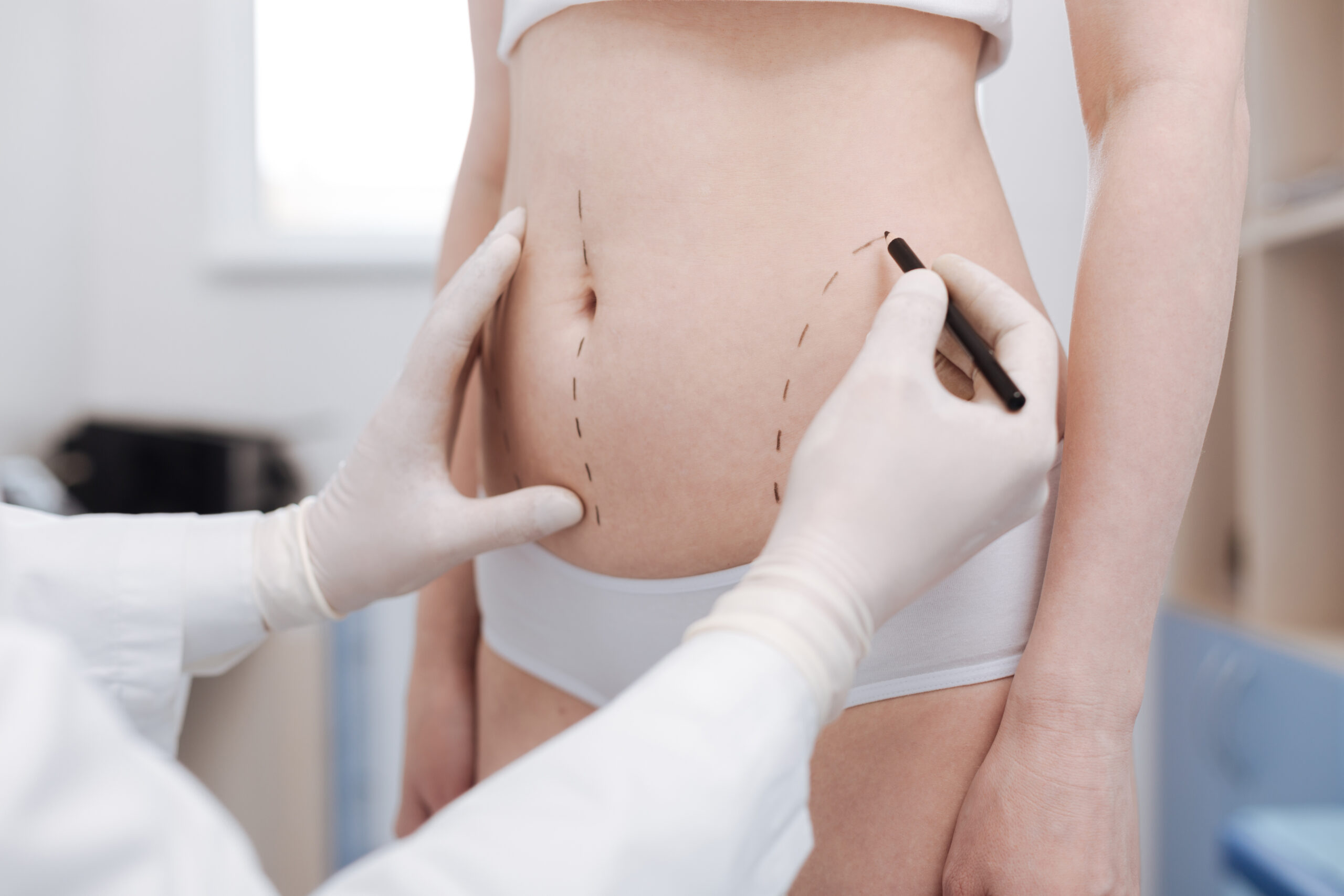
Liposuction works by using suction to remove unwanted fat cells from specific areas of the body.
First, good candidates are people who are near their ideal weight but have stubborn fat that doesn’t go away with diet or exercise. They should also be in good health, have realistic expectations, and keep a stable weight.
Next, it’s important to know that liposuction is not a weight loss method or a treatment for obesity. Instead, it works best for people who already follow a healthy lifestyle.
Before moving forward, talk with a board-certified plastic surgeon to see if liposuction is right for you.
Comparison to other fat reduction treatments:
Consultation: First, meet with your surgeon to talk about your goals, health history, and what you expect. This helps decide if liposuction is a good fit for you.
Prep: Next, follow your surgeon’s instructions. This may include changing your diet, adjusting medications, and avoiding blood thinners.
Anesthesia: Then, you’ll receive either local or general anesthesia, depending on what your surgeon recommends.
Procedure: During the procedure, the surgeon makes small cuts, inserts a thin tube (cannula), removes the fat, and shapes the area for a smoother look.
Recovery: After surgery, wear compression garments, take pain medicine if needed, and avoid hard activities. Make sure to go to your follow-up visits so your surgeon can check your healing.
Healing after liposuction depends on the area treated, how much fat was removed, and how your body heals. Here’s a simple breakdown:
Abdomen
•Healing: Swelling, bruising, and discomfort usually go down in a few weeks. Wearing compression garments and getting manual lymphatic drainage massages can help with healing and shaping.
•Possible risks: Infection, fluid buildup, uneven results, or changes in skin feeling.
Thighs
•Healing: Swelling and bruising are common. Light walking is encouraged to prevent blood clots. Compression garments and massages help speed up recovery.
•Possible risks: Numbness, uneven contours, bumpy skin, or ongoing swelling.
Hips and Flanks
•Healing: Swelling and bruising may last several weeks. Compression garments and massages help with recovery.
•Possible risks: Skin color changes, uneven shape, or swelling that lasts longer.
Arms
•Healing: Expect swelling, bruising, and soreness. Compression sleeves help support healing.
•Possible risks: Fluid buildup, infection, uneven results, or numbness.
Neck and Chin
•Healing: Swelling and bruising are normal during the first week. A chin strap or compression garment may be used.
•Possible risks: Numbness, temporary trouble swallowing, uneven results, or skin sensitivity changes.
Always follow your surgeon’s instructions and attend follow-up visits. Talk to a board-certified plastic surgeon to reduce risks and help ensure smooth healing.
Liposuction results become noticeable within weeks to months as swelling subsides. However, the timeline varies, with some seeing improvements in weeks while others take six to 12 months.
Longevity varies based on weight maintenance and lifestyle habits, with proper care and weight stability contributing to long-lasting results.
The literature suggests that complications after liposuction can occur in 0% to 10% of cases. Tumescent liposuction is now considered the preferred technique for the procedure. Liposuction is generally safe and effective for most people and one of the most popular plastic surgery procedure.
$2,000-$20,000, depending on body area and geographic region.


